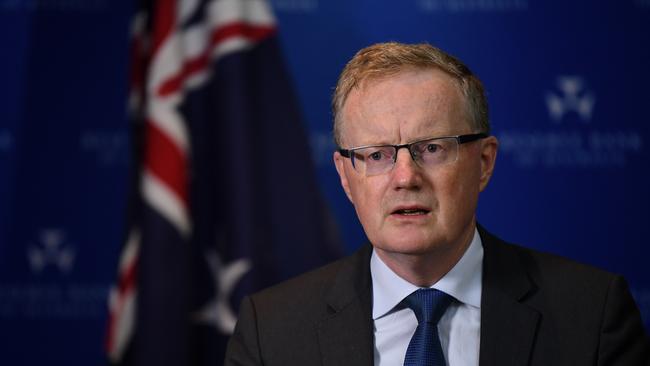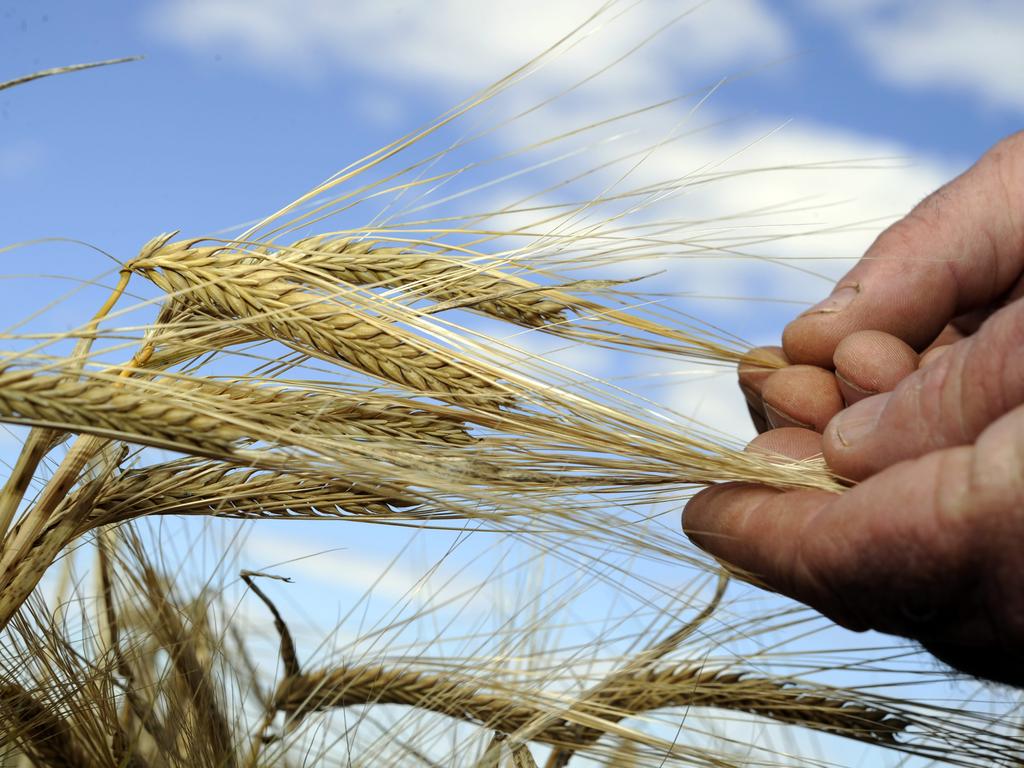Reserve boosts cheap bank funding to $200bn
There is a high level of liquidity in the Australian financial system and borrowing rates are at historic lows.

The Reserve Bank will further support the economy by boosting its program of cheap funding for the banks to $200bn so that businesses and households can borrow at cheap interest rates.
Announcing on Tuesday that the cash rate would remain at a record low of 0.25 per cent, governor Philip Lowe said the RBA would also increase the size of its term funding facility and make it available for longer — until June next year.
This would help maintain low interest rates for borrowers and keep credit flowing by providing banks with greater confidence about continued access to low-cost funding.
“The TFF and the other elements of the bank’s mid-March package are helping to support the Australian economy,” Dr Lowe said.
“There is a high level of liquidity in the Australian financial system and borrowing rates are at historic lows.
“Government bond markets are functioning normally, alongside a significant increase in issuance.”
The TFF was one of a number of measures taken to prevent an economic collapse due to the COVID-19 pandemic.
Under the initial facility announced in March, the RBA said the banks would have access to at least $90bn in cheap funding — an amount equivalent to 3 per cent of the value of outstanding loans to Australian businesses and households.
The funds could be drawn until the end of September for a three-year term at a fixed interest rate of 0.25 per cent.
As the deadline for drawdowns neared, the RBA has been considering an extension of the scheme, as well as an expansion.
The banks have so far drawn $52bn under the facility, with further drawings expected before the end of the month.
The RBA said on Tuesday it would provide further support by expanding the TFF through two measures.
First, all banks would be eligible for a new supplementary funding allowance fixed at 2 per cent of their overall loans, amounting to an industry total of $57bn.
Second, the deadline would be extended for drawdowns of an additional funding allowance, which rises or falls with a bank’s lending to businesses, from March 31, 2021 to June 30, 2021.
The additional allowance was $68bn across all banks at the start of this month.
Widespread provision of cheap credit has been designed to keep the Australian economy ticking over as it confronts its biggest contraction since the Great Depression.
While it was a difficult period for the economy, Dr Lowe said the downturn was not as severe as first expected, with a recovery now under way in most parts of the country.
The upswing, however, was likely to be “uneven and bumpy”.
This was partly due to the second lockdown in Victoria after a second wave of the virus.
The lockdown was having a “major effect” on the state’s economy.
Dr Lowe said the outbreak in Victoria and subdued growth in demand more broadly meant it was likely to be “some months” before a meaningful recovery was under way in the labour market.
In the RBA’s base-case scenario, unemployment is expected to rise to about 10 per cent this year before gradually declining to 7 per cent in two years.
In the meantime, the economy was being supported by the substantial and unprecedented policy easing over the past six months, Dr Lowe said.
Fiscal policy was playing an important role, as were public sector balance sheets.
“Indeed, fiscal and monetary support will be required for some time, given the outlook for the economy and the prospect of higher unemployment,” Dr Lowe said.
“In addition, support for the economy is being provided by Australia’s financial institutions, which also have strong balance sheets and access to high levels of liquidity.”
Dr Lowe said in March that the TFF was similar to the one introduced by the Bank of England.
Unlike the BoE scheme, however, the rate was fixed for the term of the funding and the RBA did not include a higher interest rate if credit contracted.
While a decline in credit would be “undesirable”, Dr Lowe said a penalty could act as a disincentive for institutions to join the scheme.






To join the conversation, please log in. Don't have an account? Register
Join the conversation, you are commenting as Logout